Shogun: Shogun is proof TV storytelling is still going strong
David Chase, creator of The Sopranos, recently declared his hit series’ 25th anniversary should be ‘a funeral’ for the industry instead of a celebration, that TV had been dumbed down by streaming. Maybe he should watch this.
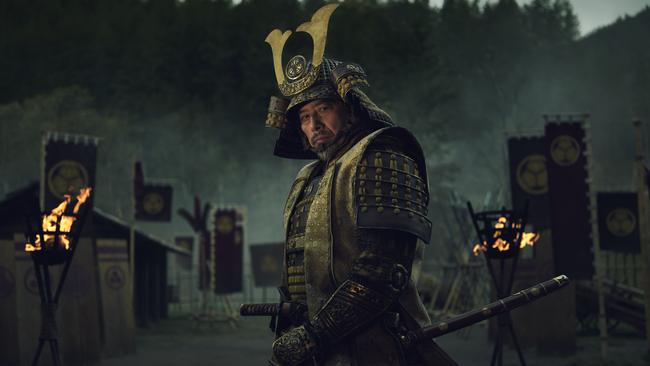
David Chase, creator of The Sopranos, recently declared his hit series’ 25th anniversary should be “a funeral” for the industry instead of a celebration, that TV had been dumbed down by streaming. Well, I’ve just caught up with the Japanese feudal epic Shogun, and it’s mesmerising, full of the most impressive cinematic set pieces, lavishly costumed, viscerally photographed, intellectually self-assured and proof, if any is really needed, that sophisticated TV storytelling is still going strong.
This is a project that took its creators, husband and wife Justin Marks (Top Gun: Maverick) and Rachael Kondo (previously a fiction writer) nearly 10 years to complete. And it will richly reward your complete attention. Its complexity – it’s a political thriller, a searing examination of the megalomania of personal power, as much as it’s a vivid adventure story featuring an unlikely romance – demands absolute concentration.
It’s the second screen adaptation of Australian expatriate James Clavell’s 1975 best-selling historical novel of the same name, an expansive story set in Japan in the year 1600 at the dawn of a century-defining civil war.
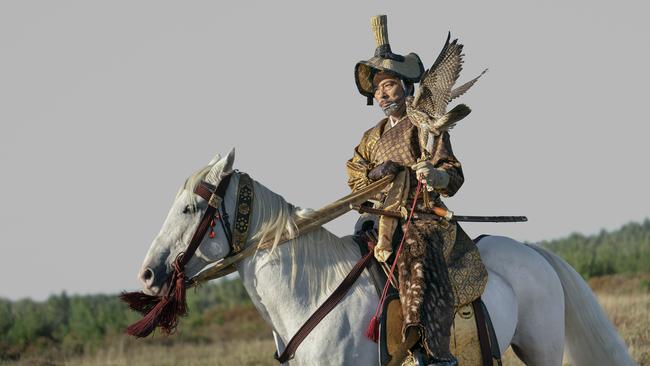
It’s centred on John Blackthorne, an English navigator, a character loosely based on the life of the 17th-century merchant-adventurer William Adams, the first Englishman to visit Japan.
He’s in charge of five Dutch ships determined to destroy the Portuguese monopoly on trade with Japan, who is shipwrecked on the archipelago’s southern shores in April 1600. He soon becomes entangled in the complex political dynamics of the region, navigating between two powerful daimyos, or feudal lords, Toranaga and Ishido. He is also caught in an unlikely romance with Toda Mariko, who serves as a translator for Blackthorne.
The popular 1980 TV miniseries was produced by Paramount, starring Richard Chamberlain and Toshiro Mifune, that Japanese actor of unparalleled physicality. The miniseries played to around 120 million viewers, the largest audience for a miniseries since the hugely successful Roots. (Generating a fascination with Japanese culture in the US, the series was claimed to be responsible for the rising popularity of sushi at the time.)
Its success was a surprise as Clavell’s was a brute of a novel, a blockbuster coming in at 1000 pages and was comprised of nearly half a million words. Reviews had been mixed apart from a glowing endorsement from The New York Times. “Clavell has a gift,” Webster Schott wrote. “It may be something that cannot be taught or earned. He breathes narrative. It’s almost impossible not to continue to read Shogun once having opened it. Yet it’s not only something that you read – you live it.”
He did remark at the end of his glowing story that while Clavell had taken four years to write Shogun, he wondered whether it might take four years to read. It hardly mattered, the novel soared up the bestseller charts, remaining on The New York Times list for more than 30 weeks.
Readability wasn’t a problem for Marks and Kondo. “The story that James Clavell was trying to tell in 1975 is still the story we wanted to tell today,” Marks told The Hollywood Reporter. Their idea from the start, while honouring Clavell’s original source material, all those pages of it, was to offer something startling, new, authentic, and very different in terms of the focus of ideas, which would appeal to a new generation.
“How do we encounter another culture? How do we encounter ourselves in that process? How do we create a language of curiosity, respect and humility when faced with what we don’t understand? All of these things were really impactful to us. It also helped that the book is just a really great page-turner. There’s just no other way around it. Both of us were like, ‘I can’t put this thing down.’ ”
As it was for many, he says, generationally the book we all grew up with our parents having on their nightstands. “It was a book whose silhouette we understood, mostly from the legacy of its impact on the culture – because so many movies and television shows have ripped it off over the years. There have been so many stories that have used its ‘stranger in a strange land’ archetype.”
Marks and Kondo’s take on the legacy of the novel was to place the Japanese language and cultural perspective at the forefront of their adaptation, not at arm’s length, celebrated in fact. And the new series focuses equally on the Englishman (portrayed by Cosmo Jarvis), alongside Toranaga (Hiroyuki Sanada) and Mariko (Anna Sawai).
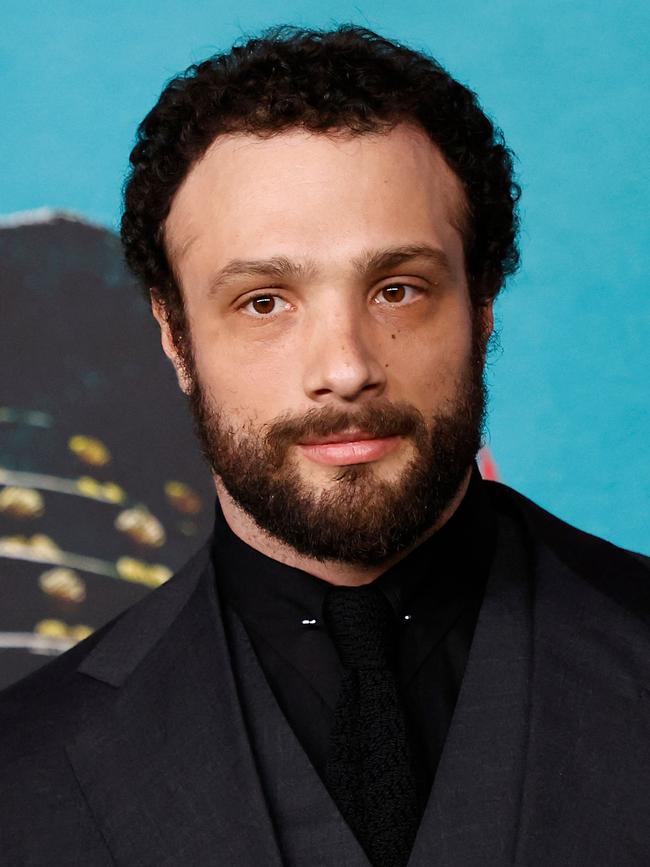
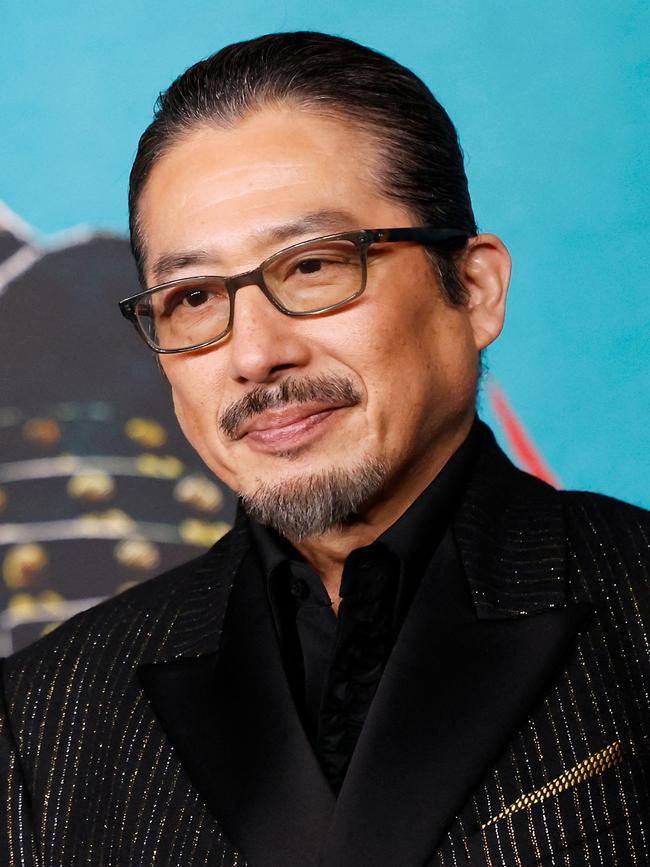
This meant, according to the creators, a somewhat tortuous writing process as most of the dialogue is in Japanese, their overall goal to achieve a sense of “spiritual authenticity,” (The late author’s daughter, Michaela Clavell, served as an executive producer and presumed protector of her father’s legacy.)
It started with a writers’ room, including some Asian Americans, all writing in English. The scripts were then sent to Tokyo to be translated, then passed on to a Japanese playwright specialising in Jidaigeki writing (Japanese period drama, usually set during the Edo period of 1603 to 1868), for what they call “a literary touch”.
Then it was overseen by the show’s Japanese producers, Eriko Miyagawa and Sanada – a kind of spiritual and cultural presence in the creation of the series – to pass the scripts onto the actors. “And they were always discussing the scripts with Justin, asking, ‘Is this the intention? Is this what we are going for?’ says Kondo, who herself is of Japanese background.
Subtitles, such a feature of the drama, became highly important in the process, Marks and Kondo tasked with ensuring they enhanced and did not distract from the drama. (One of the pleasures of the series is that there is no dubbing the Japanese to either English or its American version.)
“We wanted to promise our audience that if we’re going to ask you to invest the time and energy to read this much subtitling at the bottom of the screen, we’re going to give you an experience that’s very curated and more carefully done than any other show with this volume of foreign language,” Marks says.
They cleverly raise the subtitles, so they are closer to the audience’s eyeline than is usual avoiding the fatigue caused by the eyes being forced up and down while watching.
And, shot in Port Moody and Ucluelet, British Columbia, it’s a dazzling piece of television to watch too, with Jonathan van Tulleken (The Changeling) the show’s establishing director bringing a dazzling cinematic energy in collaboration with cinematographer Christopher Ross (Fortitude). Their cameras are rarely still, drifting into close-ups and hustling through elegantly blocked group tableaux to find close-ups.
Their use of obviously multiple cameras, huge mobile cranes and long tracks bearing cameras create a dynamic and immersive viewing experience for the audience. This allows overall scenes to evolve, interact and build layers of emotion and information.
The first episode “Anjin”, written by Marks and Kondo, begins aboard the drifting Dutch privateer Erasmus, the crew starving and suffering scurvy, the remains of a mission of 500 men and five ships. Cosmo’s Blackthorne, “a man who never knows how to give up”, is convinced that Japan, their mission’s purpose, is near as the wretched ship washes ashore.
In a beautifully elegiac scene, we are then taken to the heart of feudal Japan introduced to Sanada’s Lord Toranaga watching his falcon dive out of the sky to take down a pheasant. He says of the lethal bird, “Conceals herself against the sun. Conserving energy, waiting for her moment.” Then the wonderfully stoic lord is marched through Osaka castle to face the other four leaders of the Council of Regents who admonish him for consolidating power and threaten to impeach him from his position.
We’re back with the Erasmus now, held by rocks in the mist, and its sickly crew taken prisoner. Blackthorne, the only reasonably fit man, assumes leadership, the captain having suicided with his navigator’s gun. He’s determined to speak to whoever is in power to establish a trade relationship to undercut the Portuguese Catholics, because he is an English Protestant and hates the Catholics.
This mission initially remains secret, his cover that he and his men are merely merchants lost at sea and seeking a safe passage home. He’s brash, uncouth, and profane, repeatedly referring to his captors as savages, they in turn, elegantly dressed and spoken, call him a barbarian.
But Blackthorne is obviously intelligent and perceptive, for all his often clownish, deranged demeanour – a terrific performance from Jarvis – and realises he is caught not only in a kind of culture war but is a hostage in violent political shenanigans at this stage beyond his comprehension. It becomes obvious when Toranaga enters the scene that this savage foreigner has the secrets that might just help the warlord tip the scales of power.
It’s the most impressive opening, the detail in mise en scene and costume immaculate and the acting, especially from Sanada as Lord Toranaga and the Japanese ensemble, able to seemingly grasp the mentality of feudal Japan with its values of patience, loyalty, and sacrifice.
Shogun is streaming on Disney+.


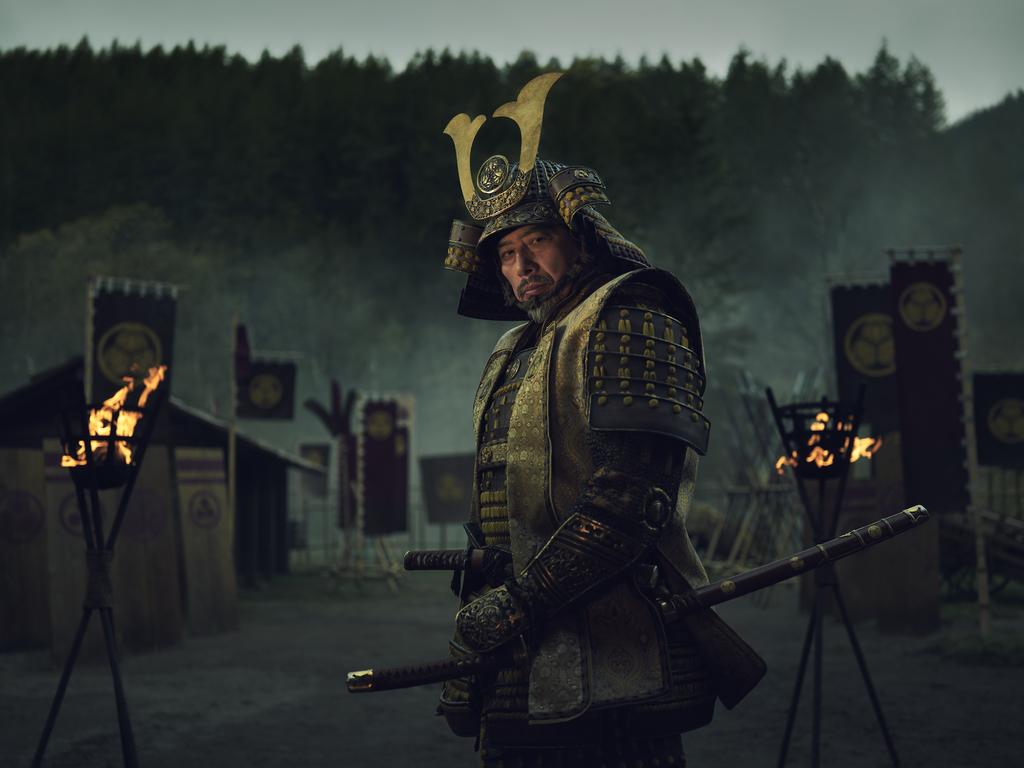
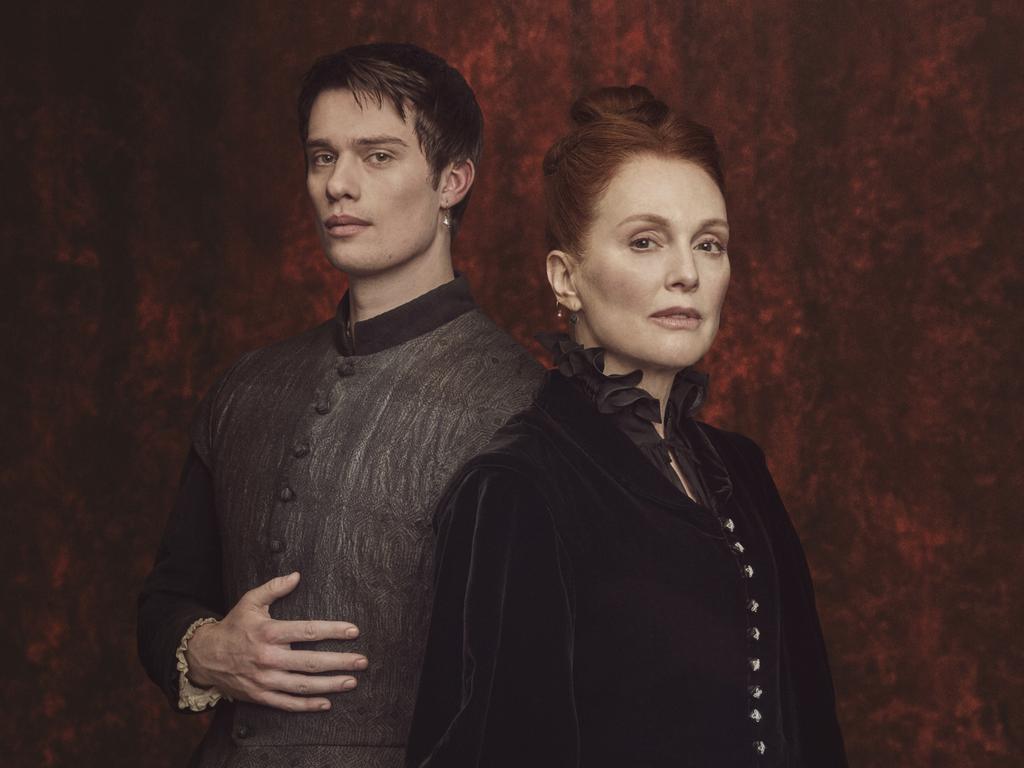
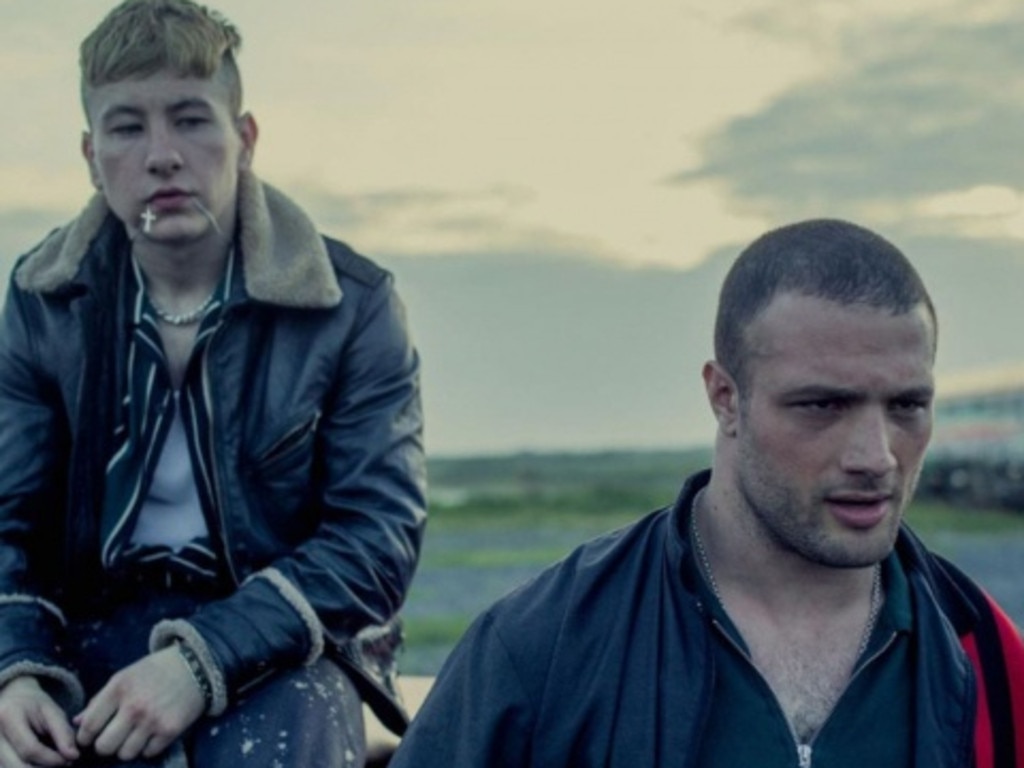
To join the conversation, please log in. Don't have an account? Register
Join the conversation, you are commenting as Logout